EASY GARDENING
Vibrant late-flowering perennials add structure and colour late in the season interwoven with textural grasses
THIS MONTH’S SHOWSTOPPERS
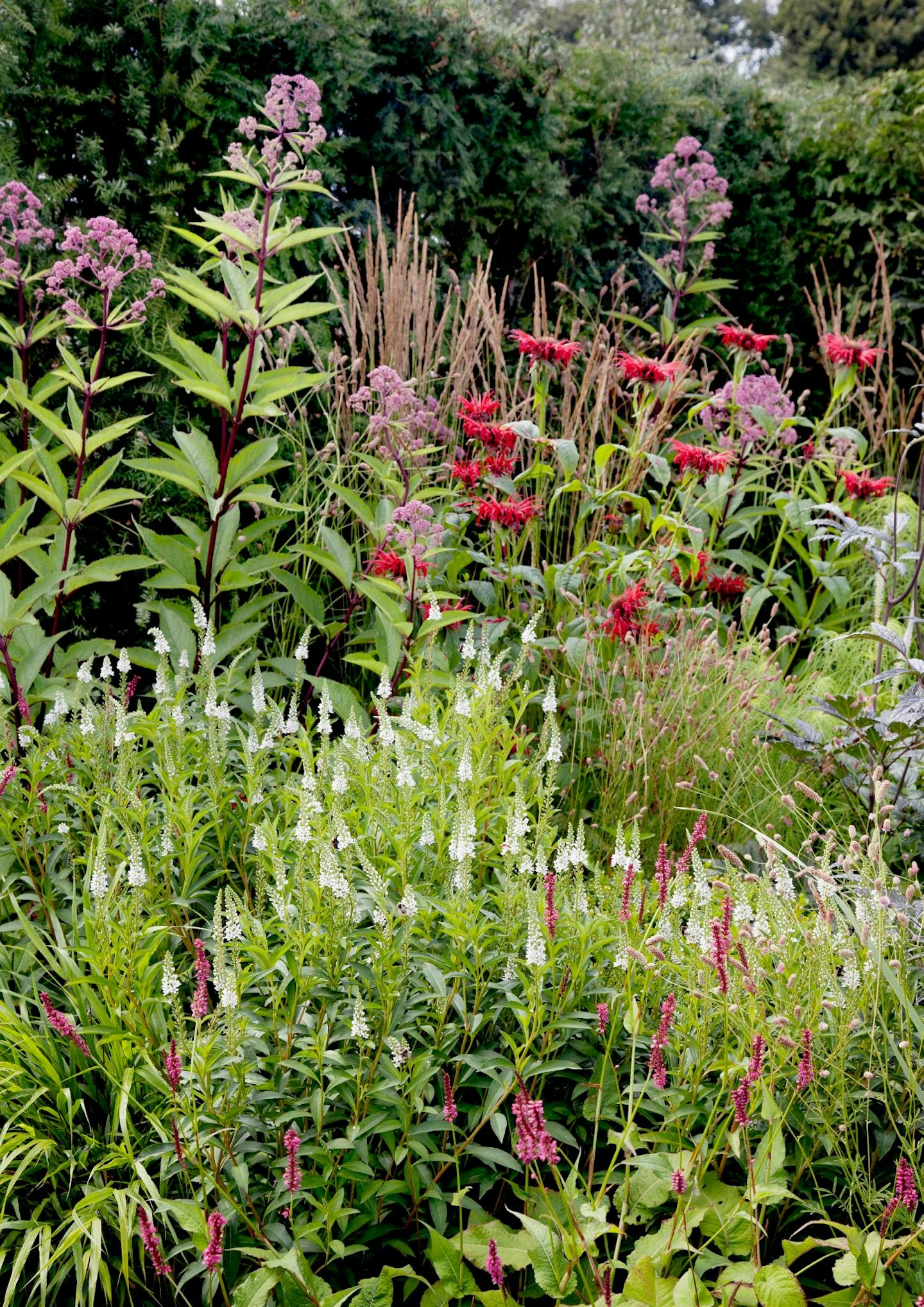
Towering dusky pink Joe Pye weed flowers give this border its naturalistic flavour, with long-flowering perennials and a selection of grasses backing up the display to fantastic effect.
This planting ensures the garden sparkles right into autumn and doesn’t fizzle out in late summer.
All these plants appreciate a moisture-retentive soil to thrive. They’re also not backwards in coming forwards – a tight rein may be needed to limit their spread or self-seeding but it’s fun to have a border that flourishes rather than needing to be cossetted into existence. The backdrop of a dark green yew hedge really helps to set off the apple green of the perennials’ foliage, and it will be worth spending a bit of time thinking about your display’s backcloth and where the low rays of autumn sunlight fall.
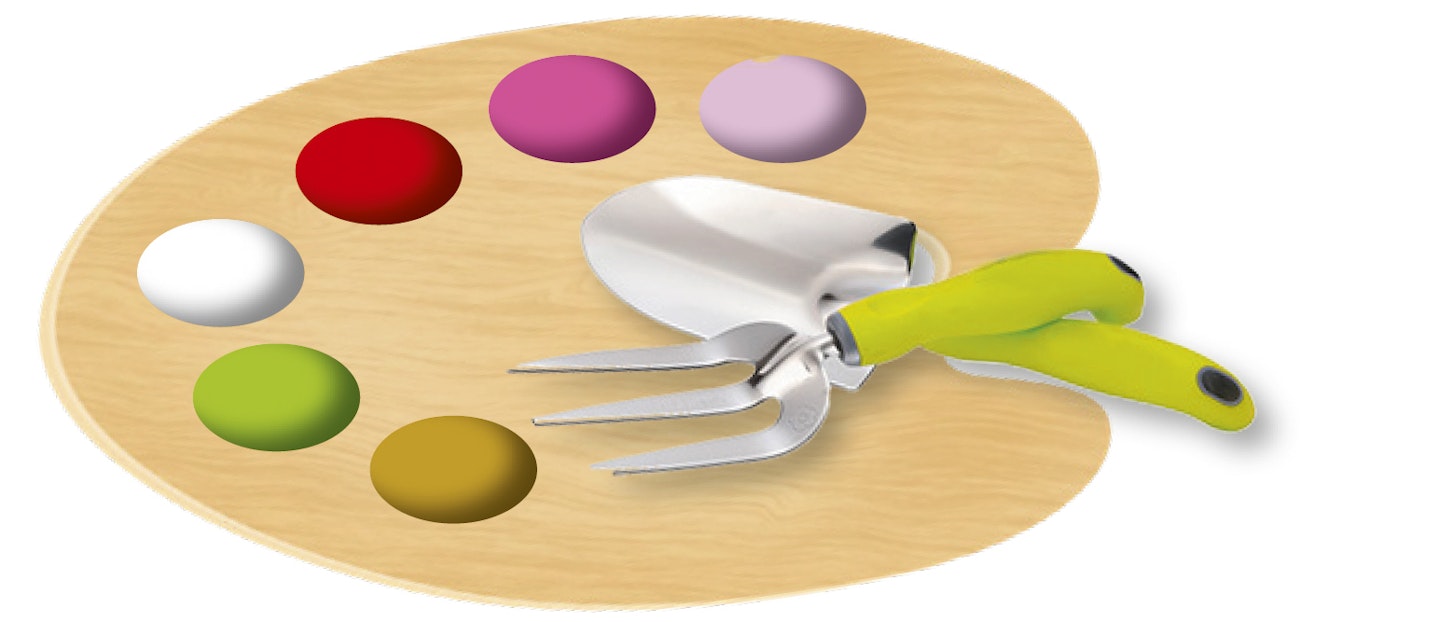

...or try this
INCREASE THE APPEAL
Stretch the allure of this pollinator-friendly planting further with insect magnets like hyssop. If you have space, add heft and structure from shrubs or tall perennials.
PLANTS FOR POLLINATORS
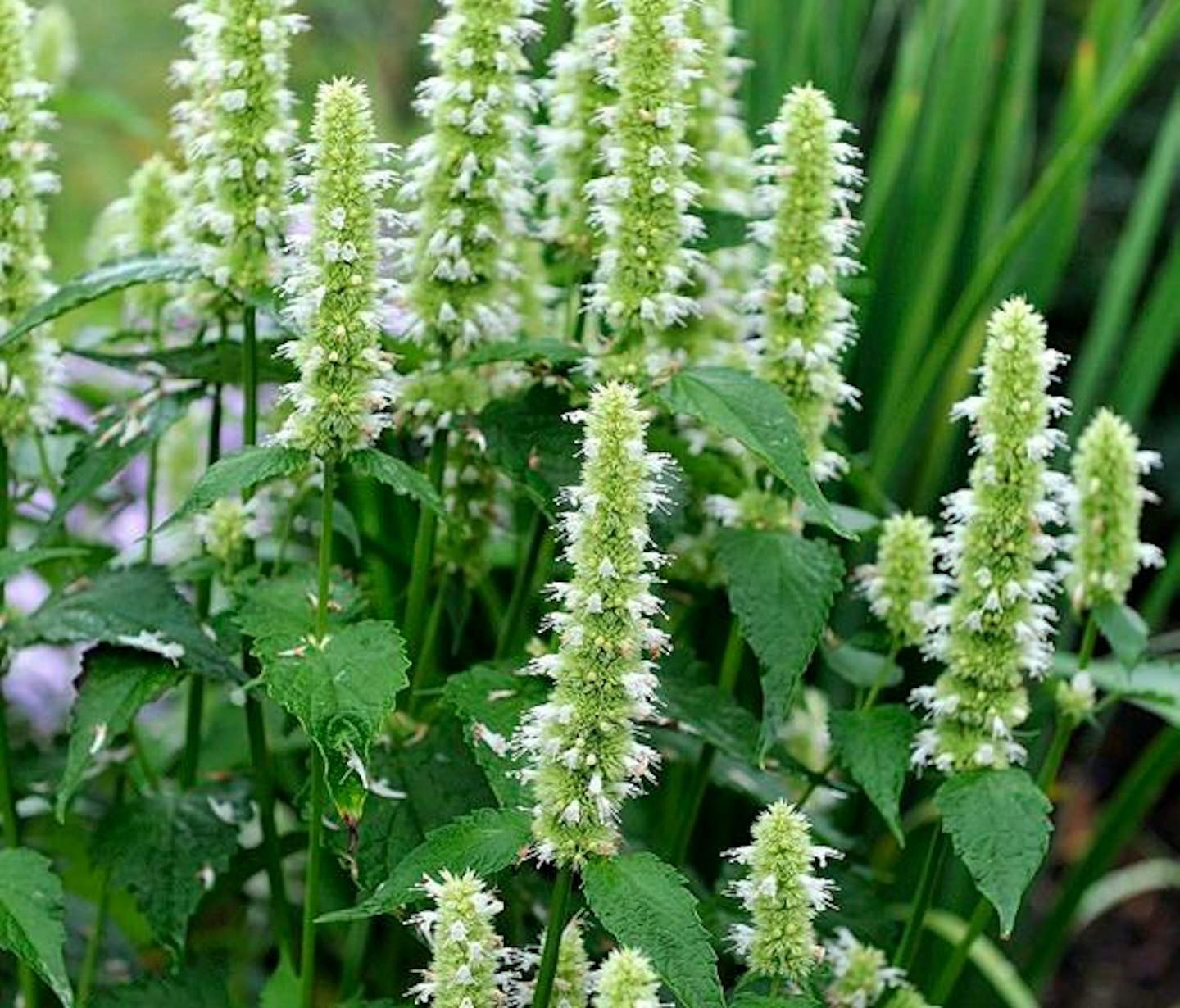
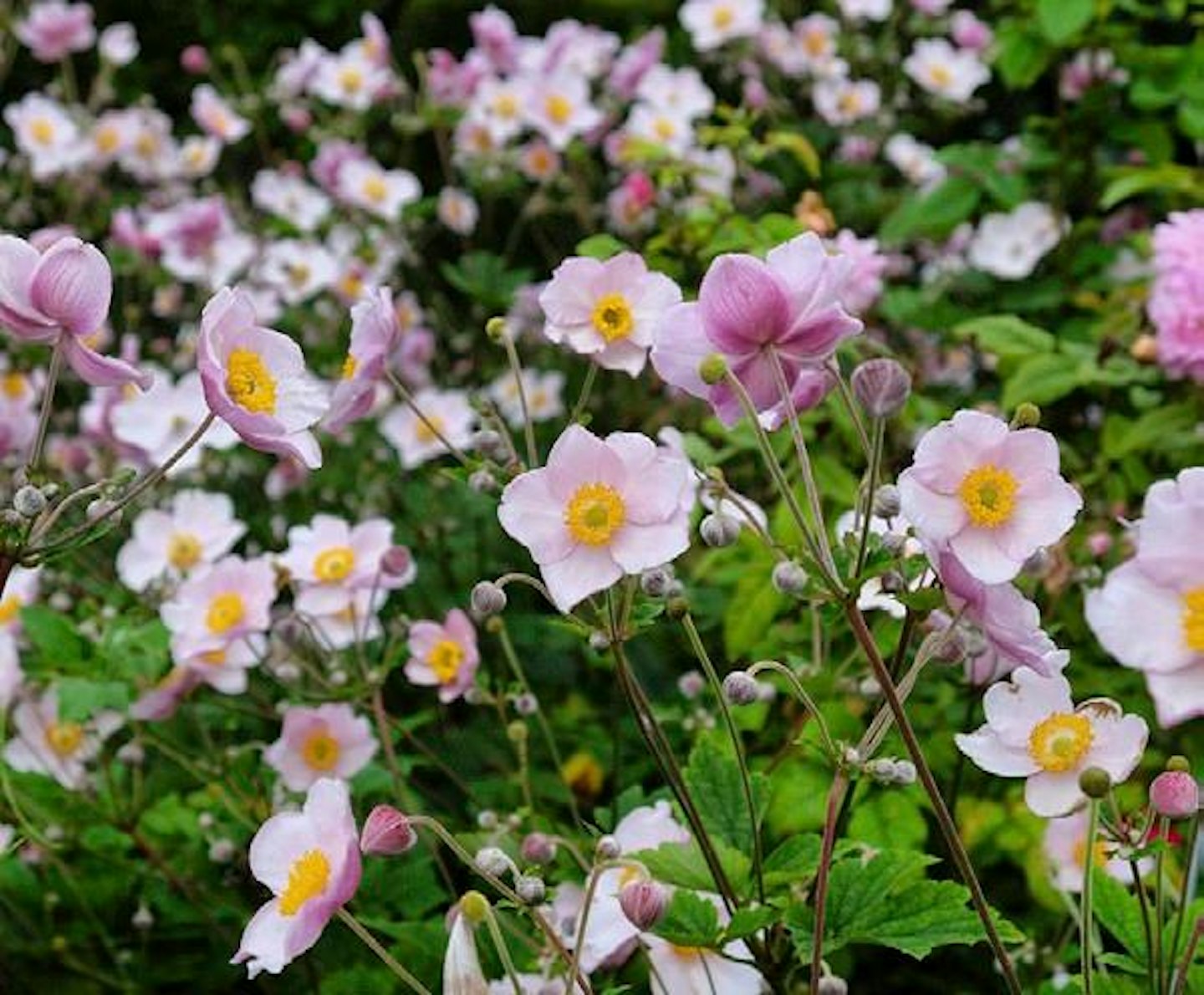
PLANTS FOR A LONG PERFORMANCE

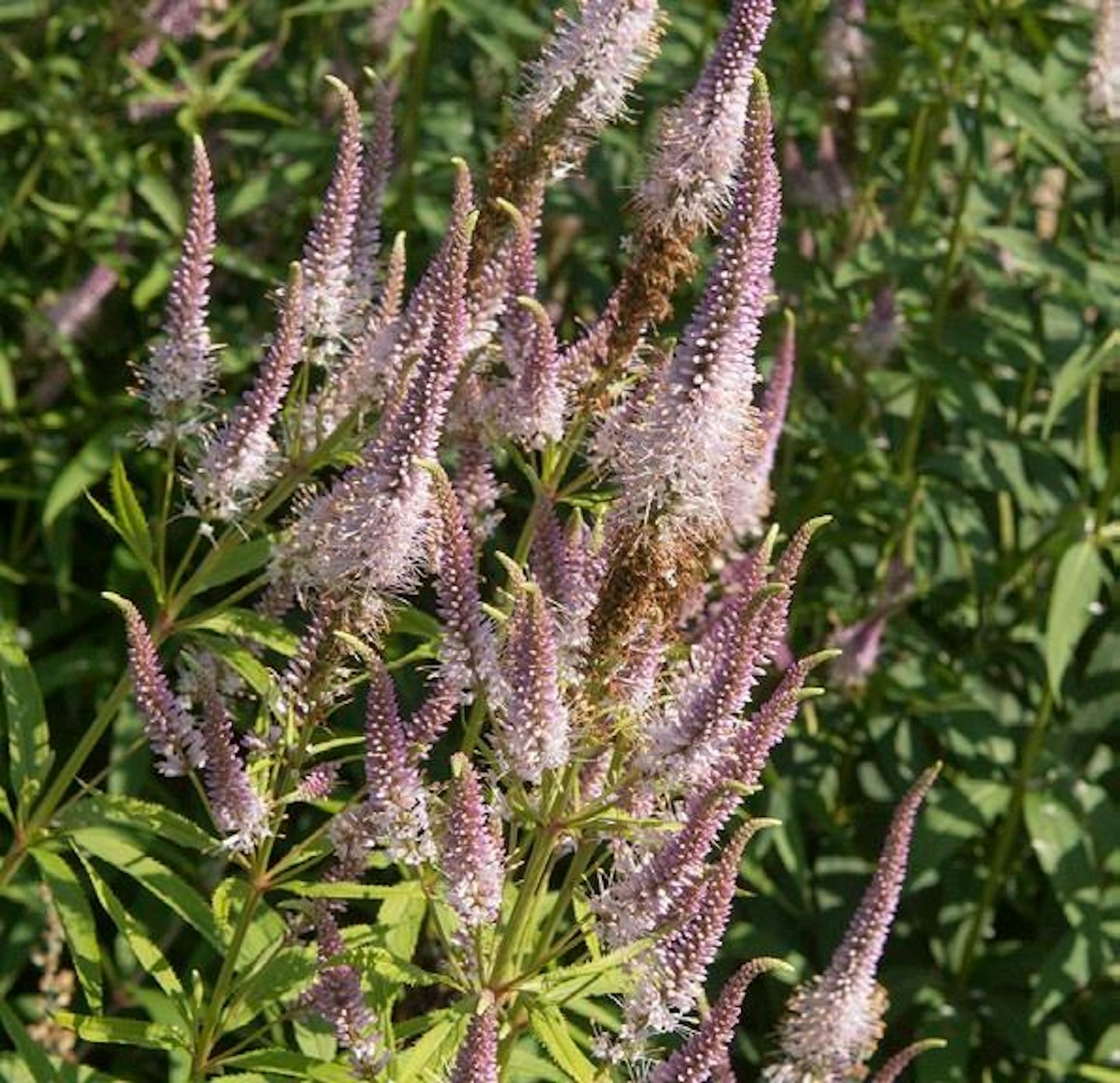
PLANTS FOR HEIGHT
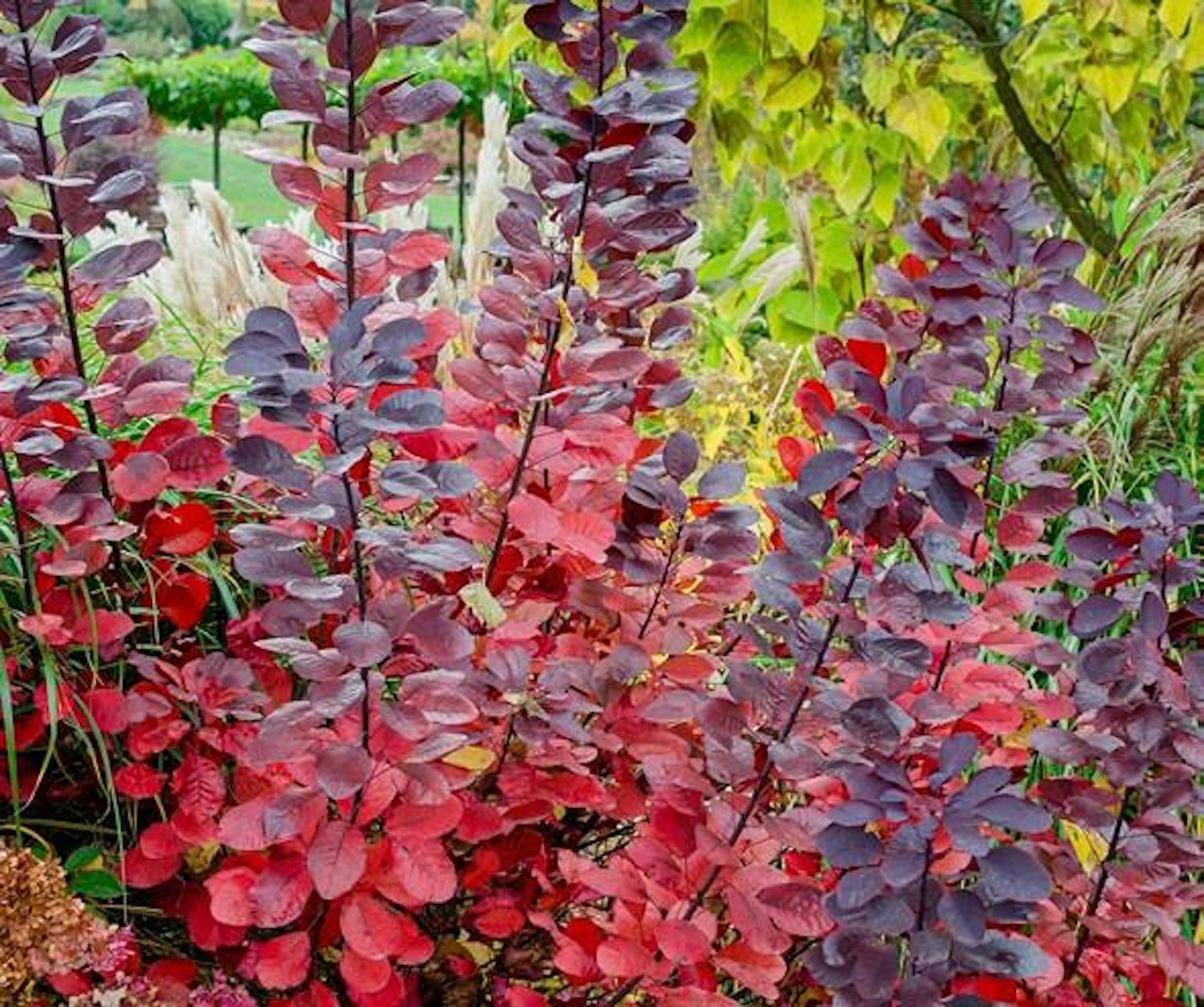
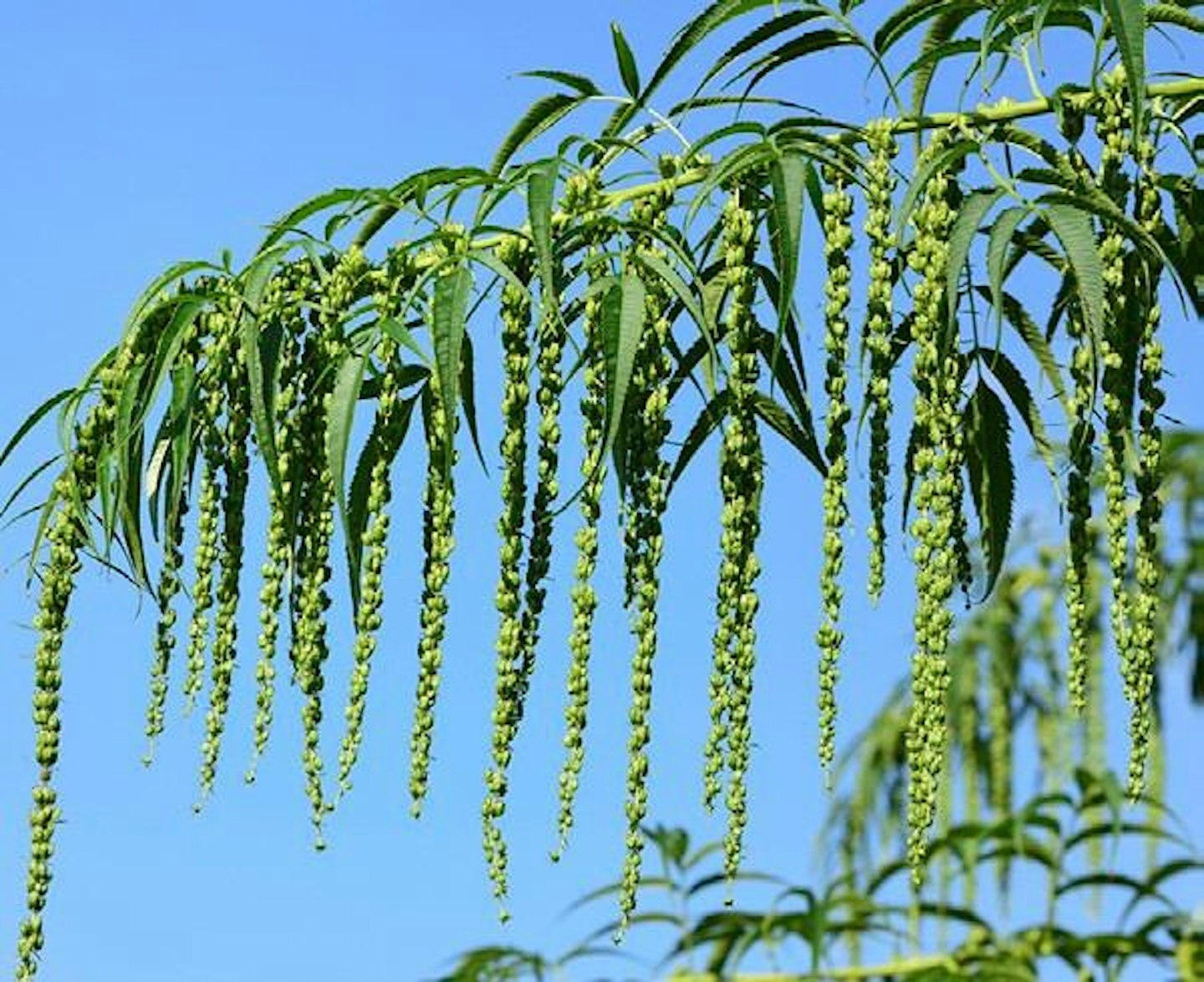
HOW TO PLANT
You’re after a rich soil that retains moisture in summer but has good enough drainage not to puddle in winter. Add plenty of well-rotted organic matter and mulch annually to improve the ground’s structure.

1. Establish the grasses
Plant the calamagrostis and hakonechloa in autumn or spring. Position these different shapes carefully, the gently cascading hakonechloa needs space and a border front position while the calamagrostis can punctuate the mid and back layers. Wait until late winter or early spring to clear old growth. Lift and split established clumps as growth gets under way.
2. Sow the eupatorium
Eupatorium is easy to establish from seed. Sow in autumn on good seed compost, covering lightly with vermiculite and place in an unheated greenhouse or coldframe. Once established leave flowerheads to stand into winter for structure, just keep an eye out for excessive self-seeding.
3. Plant the perennials
Vigorous lysimachia and persicaria establish well from an autumn planting. Give them space to ensure they don’t crowd out more delicate neighbours. In a dry summer, water occasionally but deeply. They’ll soon bulk up and can be lifted and divided regularly to keep them growing strongly and ensure they stay where you want them.
Monardas dislike winter wet so delay planting until late spring. Over time you’ll find plants spread outwards, leaving an empty centre. Counter this by lifting vigorous outer sections and replanting into freshly improved soil. Reduce mildew risk by keeping plants well-watered in dry spells and clear away any infected leaves immediately.
WORDS: HELEN BILLIALD. PHOTOGRAPHS: GAP PHOTOS/LIZ EVERY, SHUTTERSTOCK . ILLUSTRATION: GILL LOCKHART

